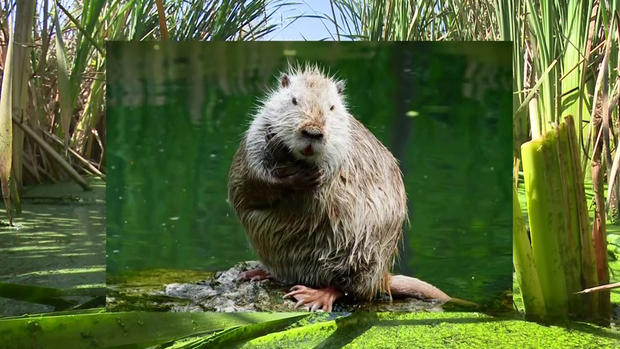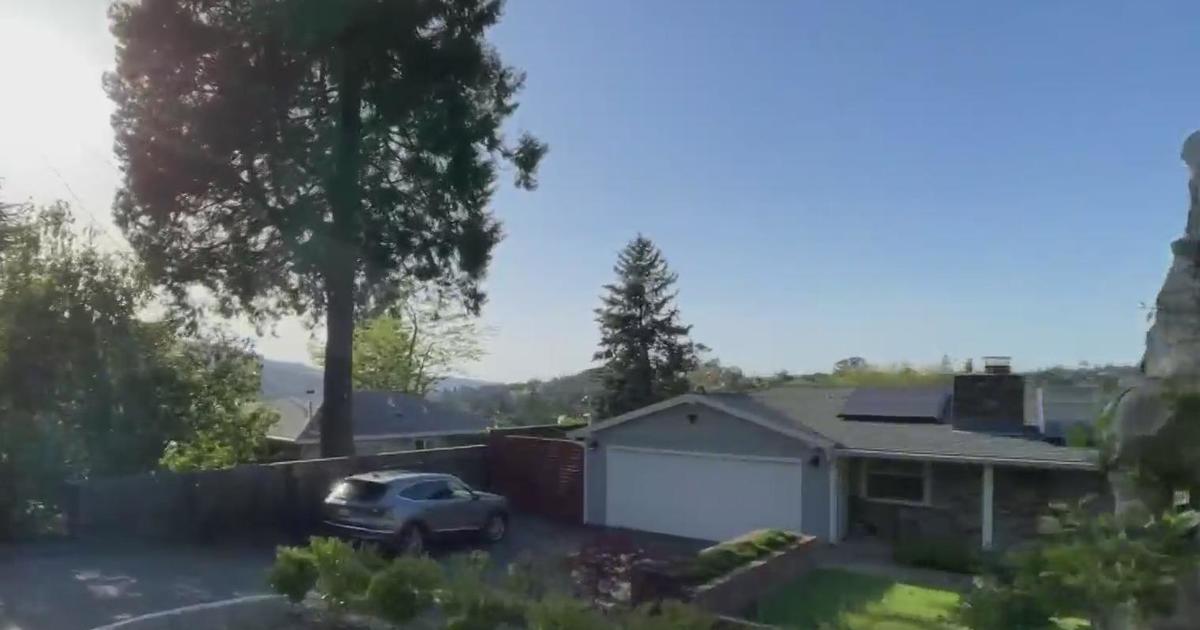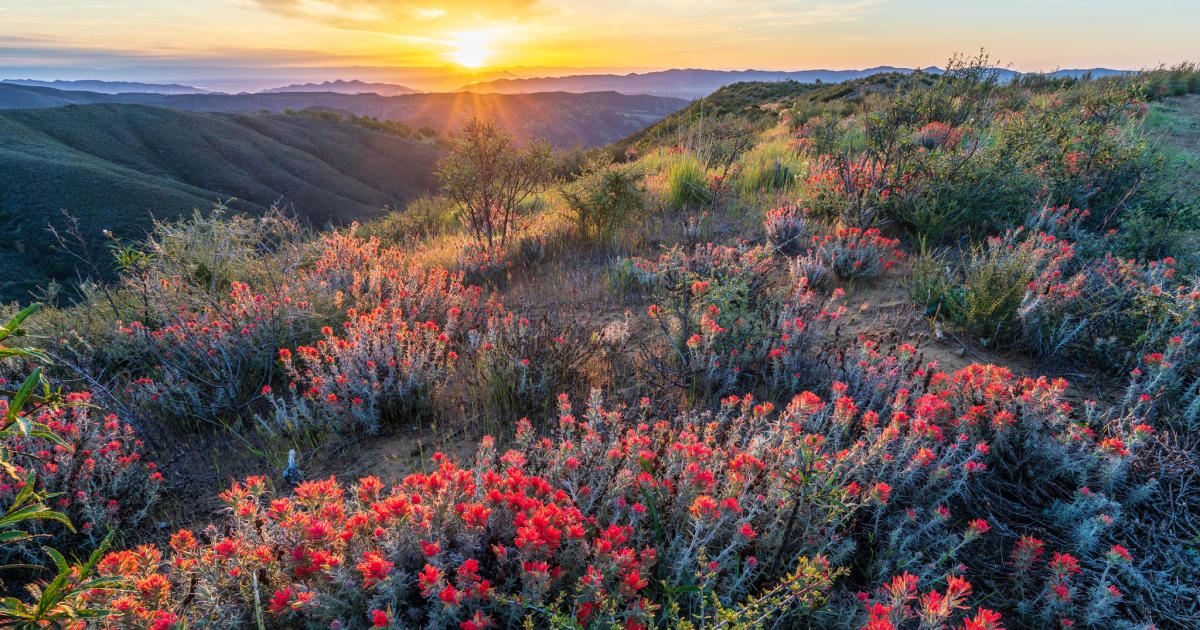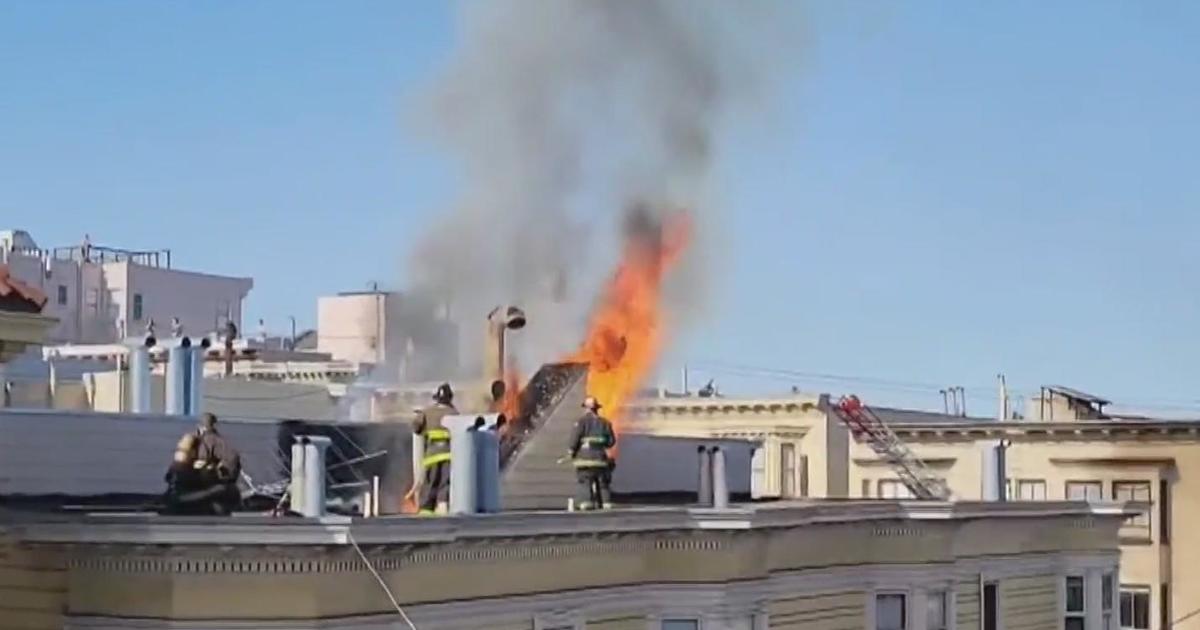California Steps Up Multimillion-Dollar Battle to Eradicate Nutria from State Wetlands
STOCKTON (KPIX) -- There's no certain answer as to how the nutria population re-emerged after being declared eradicated in California decades ago but the population is spreading and causing serious concern. The Department of Fish and Wildlife was recently awarded $10 million to wipe out the large, invasive rodents and that effort is now well underway.
"There are amazing little wetlands scattered throughout the state that people have no idea are even present," says Greg Gerstenberg, senior wildlife biologist with the California Department of Fish and Wildlife. "That's exactly where they thrive."
On the eastern side of the Central Valley, in small wetland jungles, you will find nutria ground zero.
"This is where we've taken more nutria than any other county in California," says Peter Tira, also with the department. Slogging through the marsh makes it immediately evident how tough it will be to eliminate something that thrives here.
"There's nothing quick about eradicating nutria," Tira explains. "There's nothing easy about it. You can see that first hand sloshing through the marsh and checking traps."
"Last year we pulled almost 90 nutria out of this wetland," says Sean McCain, checking one of the traps. "We got a detection recently that they had return to this area, so that's why we return with traps try to remove all the remaining nutria."
The traps often catch the area's native inhabitants like muskrat, they get set free. As for the nutria, they aren't just hard to find. Their ability to reproduce makes them very hard to eradicate. "In 13 months, the one pair could result in up to 200 individuals," Gerstenberg says.
The food being used in the traps is sweet potatoes but not because the nutria particularly like it. This is the sweet potato capital of the valley, there are plenty lying around and farmers have donated to the cause.
The state of California is mobilizing to stop the spread with a nearly $10 million effort that now stretches from Merced County to Stockton.
"The yellows or where we have or where we currently have cameras placed and the pink dots aware we have confirmed detections," Gerstenberg says, pointing to a map of California's Central Valley. The map is covered with hundreds of dots.
While the nutria pose a huge threat to Central Valley's agriculture and its wildlife, the real damage would come if the nutria spread north of Interstate 580 and into the Sacramento–San Joaquin Delta where the rodents, which burrow deep into the ground, would threaten the levees.
"Compromising those levees, compromising our cities behind those levees," says Tira. "Compromising the state's ability to move water around for agriculture for drinking water in Southern California."
California may have no choice but to stop them now. The costs of an infestation would be much higher and stopping the nutria is something the state may only get one shot at.
"There's only one chance we're going to get," says Gerstenberg. "If we wait too long our chance will disappear and we'll have to live with them forever."




